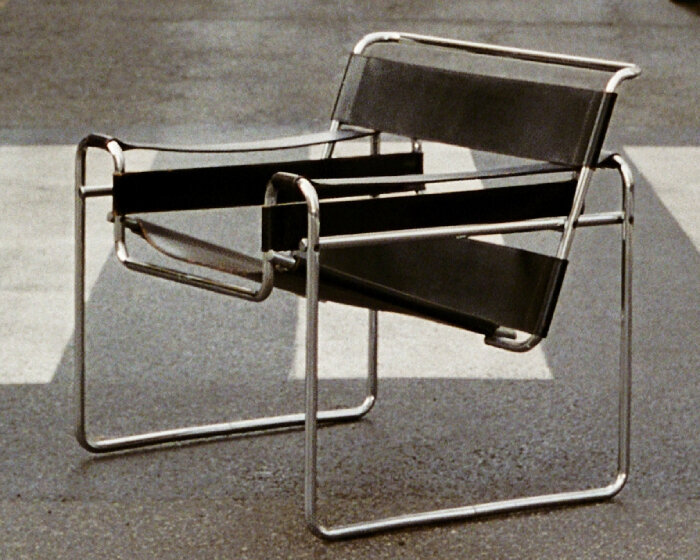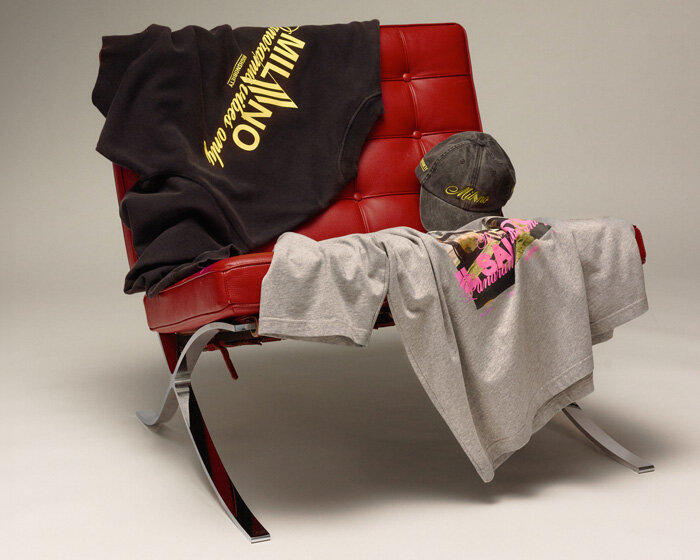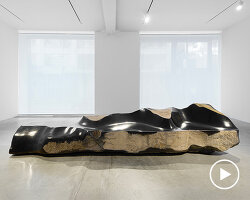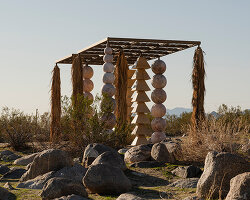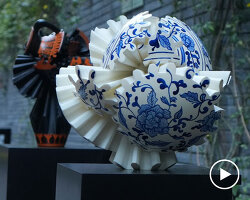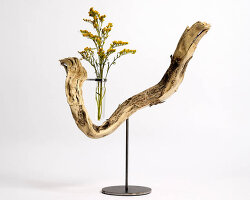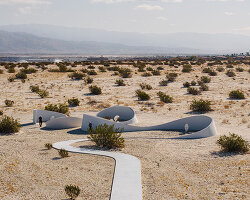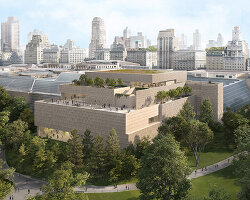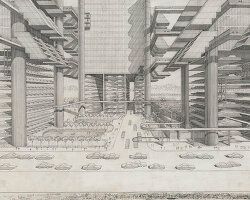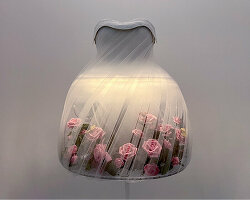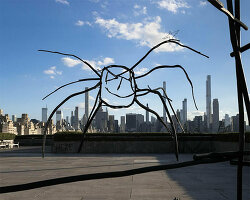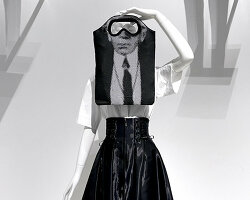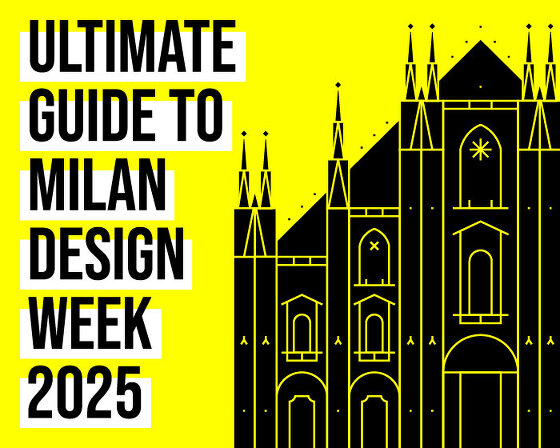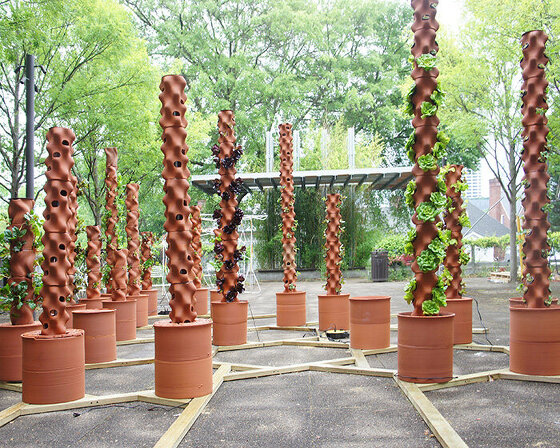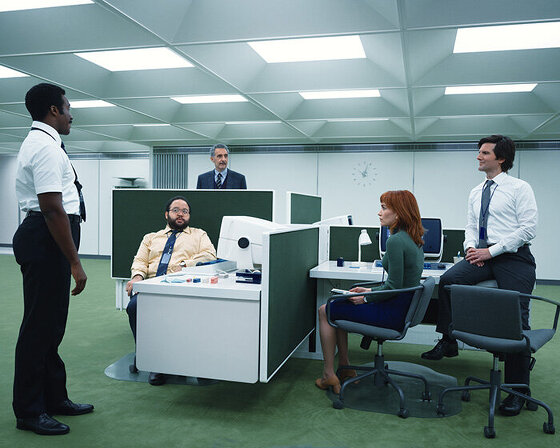KEEP UP WITH OUR DAILY AND WEEKLY NEWSLETTERS
happening now! step inside highsnobiety’s not in milan: classics reinvented – where design’s past meets its future – as designboom previews the show ahead of milan design week 2025.
discover our guide to milan design week 2025, the week in the calendar where the design world converges on the italian city.
connections: 17
from car wheels to the speedometers and gauges, our list explores the automobile aesthetics that appear in modern watches.
connections: +410
designed to address climate change, soil degradation, and water scarcity, the system saves up space with a vertical setup.
connections: +1110
from the sterile corridors of the severed floor to the curated domestic spaces outside its walls, every element serves a purpose.
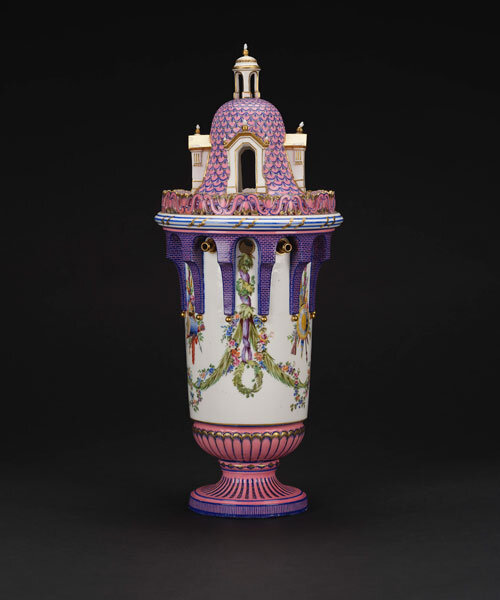
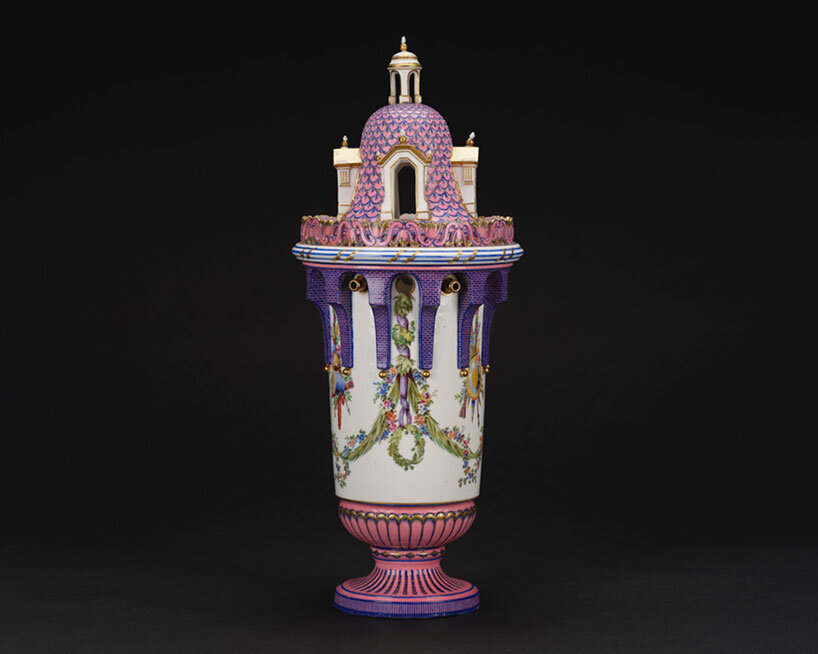
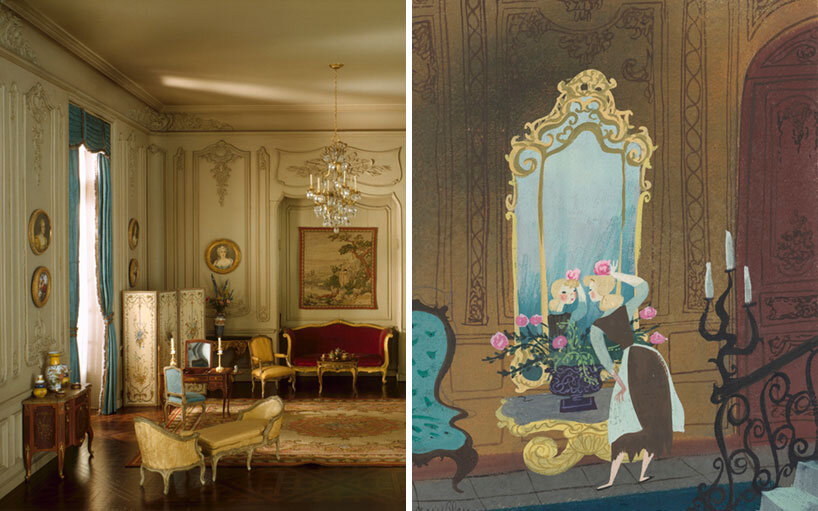
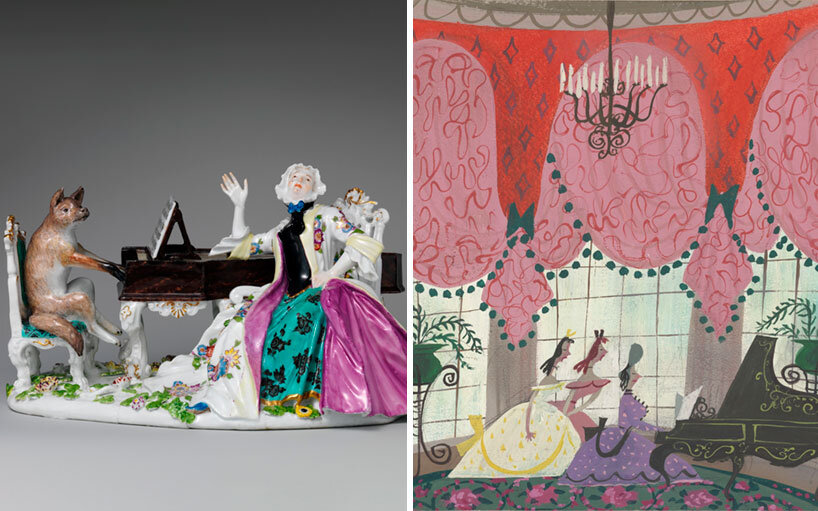
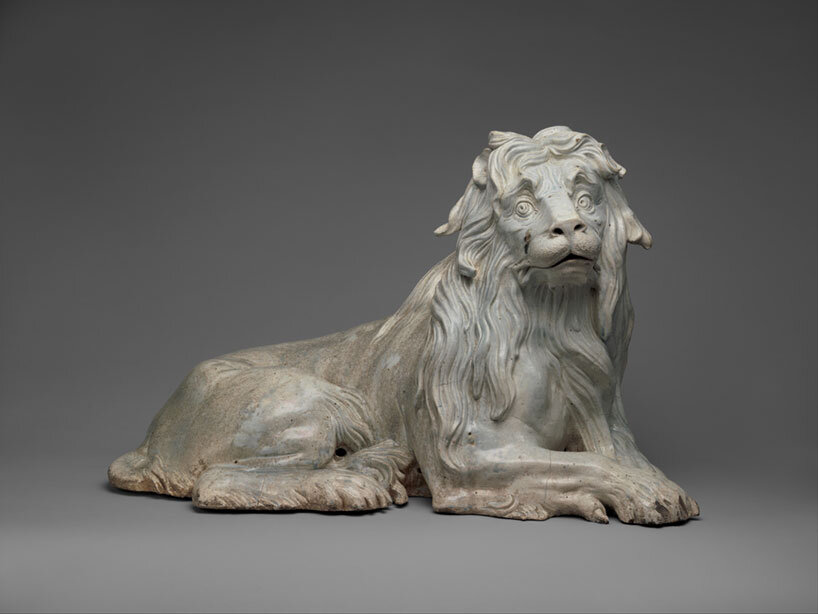 meissen manufactory, johann gottlieb kirchner, lion (one of a pair), 1732 | the metropolitan museum of art
meissen manufactory, johann gottlieb kirchner, lion (one of a pair), 1732 | the metropolitan museum of art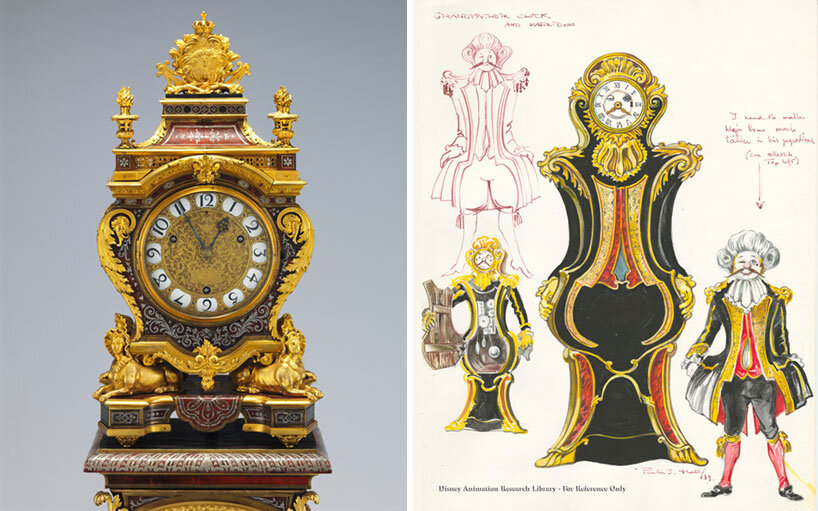
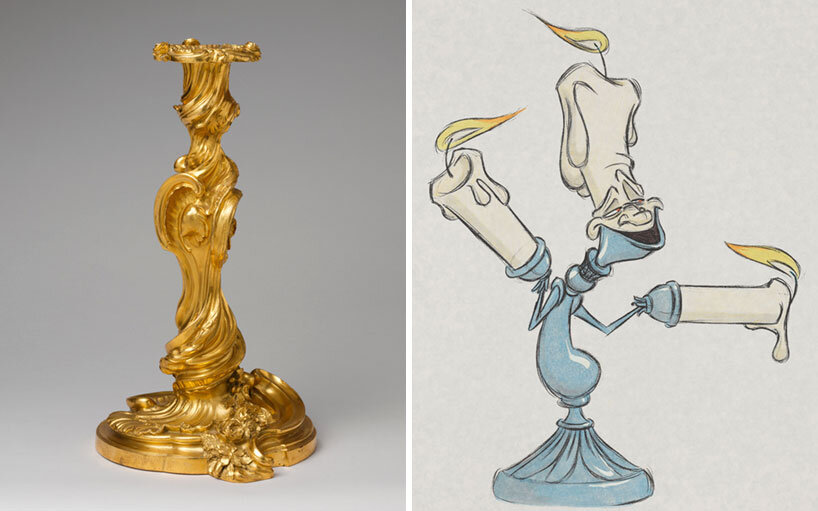 left: after designs by juste aurèle meissonnier, one of a pair of candlesticks (flambeaux or chandeliers), 1735–50 | the metropolitan museum of art
left: after designs by juste aurèle meissonnier, one of a pair of candlesticks (flambeaux or chandeliers), 1735–50 | the metropolitan museum of art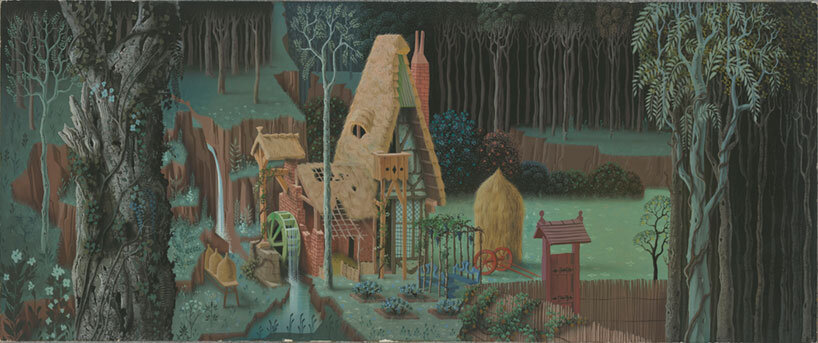 eyvind earle, sleeping beauty, concept art, 1959 | walt disney animation research library © disney
eyvind earle, sleeping beauty, concept art, 1959 | walt disney animation research library © disney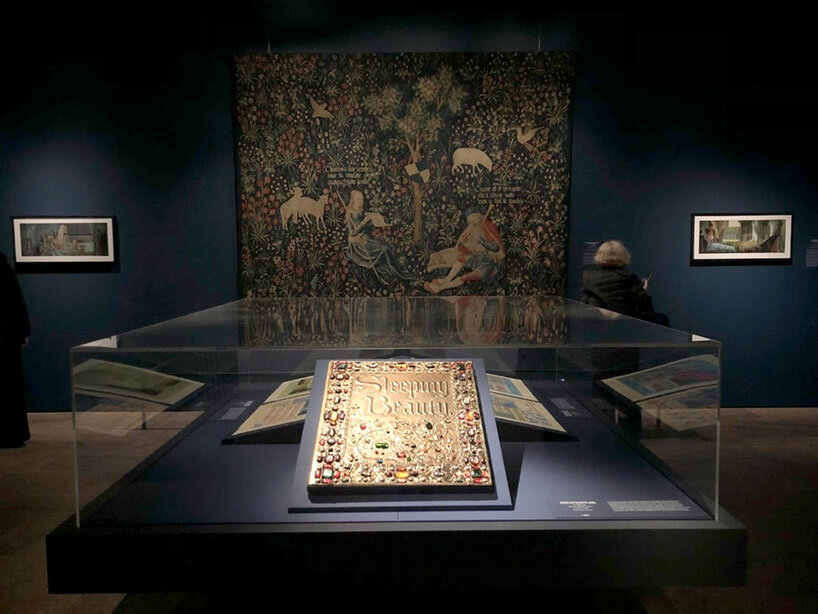 exhibition view | image © designboom
exhibition view | image © designboom






